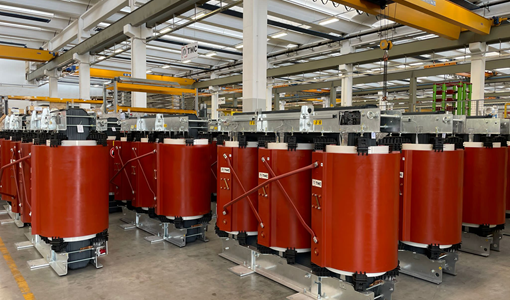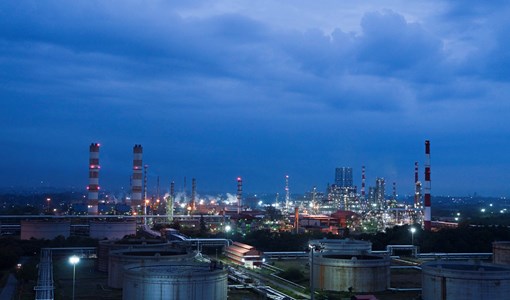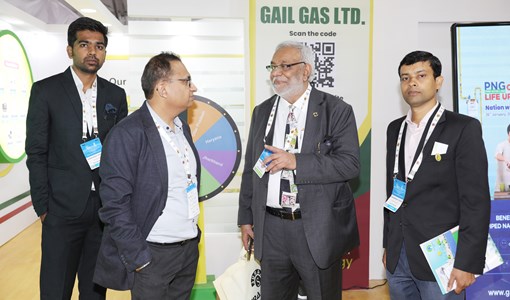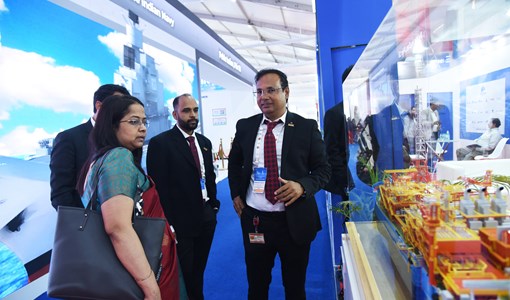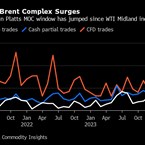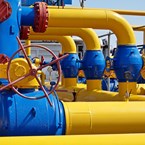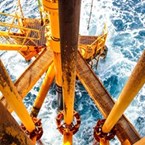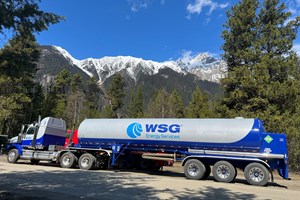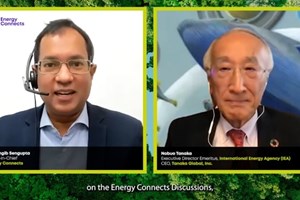Why digitalisation matters for oil and gas
By: Jörgen Larsson, Sales Director, New Equipment Solutions, Middle East, GP Oil & Gas, Siemens
Twenty years from now, or even just 10, the oil and gas sector will look quite different than it does today. There’s just too much happening now within the sector and too much just over the horizon.
Leading the charge in this change is digitalisation -- from ‘Industry 4.0’ to ‘Oil & Gas 4.0’. Of course, change is also coming through shifting geographic and technical sources (think unconventional shale). The demand side of the equation also is evolving, with most demand growth coming from China, India and other emerging economies, while the extent that we’ll be using renewables ten or 20 years from now remains a huge question.
Even oil companies are beginning to look different. The UAE’s Abu Dhabi National Oil Company (ADNOC) is a perfect example. As announced last fall by its CEO, Dr. Sultan Ahmed Al Jaber, the company is transforming itself from a traditional national oil company (NOC) into a dynamic, innovative international energy company, capable of creating new revenue streams and maximising profit in the era of Oil and Gas 4.0.
They are also putting numbers to that vision: increasing oil production capacity, from about 3 million barrels per day (mbpd) today to 4 mbpd by 2020 and 5 mbpd by 2030, and perhaps even more dramatically, ultimately making the UAE a net exporter of natural gas.
Luckily, ADNOC not only has a vision, dynamic leadership, skilled employees and enabling national infrastructure, but also the opportunity to leverage digitalisation, as this technology continues to expand its ability to derive significant benefits for the industry.
Focus on costs, performance
Digitalisation’s rise in our industry was helped along by the dramatic fall in oil prices that began in 2014 and seem to have stabilised at a “lower-for-longer” price. This has forced operators to look closely at costs and performance, and to become finely attuned to opportunities to reduce operating and capital costs, drive efficiencies, and increase production.
The industry is increasingly seeing digitalisation as fundamental to a more sustainable way forward. It is particularly attractive to companies like ADNOC that are looking to derive added value from operations that span upstream, midstream and downstream, because digital can be applied across the energy value chain.
By using technologies such as digital twin; open, cloud-based internet of things (IoT) operating platforms, and big data analytics incorporated into powerful software, the oil and gas industry is beginning to achieve both incremental and step-change improvements to their operations.
To get an idea of the magnitude, consider the following results we’ve achieved for our customers via Siemens Topside 4.0 concept: through the digital integration of topside equipment such as main rotating, electrical, automation and control equipment we achieved 27 per cent lower capital costs and 18 per cent lower operating costs, as well as reducing cycle times of 3 to 9 months, while for an LNG (liquified natural gas) plant, our solutions resulted in an efficiency 50 per cent greater than other options. These great achievements can only be realised when engaging in a digital journey during an early stage of project development.
A powerful twin
The digital twin, which is a virtual representation of a product, production process, or performance, can help manage costs and improve operations for operators -- from the concept and FEED stage, to design and build, to operations and maintenance. The digital twin in an oil and gas setting allows for a more efficient design phase, key to more efficient use of capital-intensive equipment. During build, it enables virtual testing, training and commissioning, which means revenue generation can begin sooner.
During operations, the digital twin allows for remote performance monitoring and predictive diagnostics. This not only means real-time adjustments to improve operations, but also the ability to predict maintenance requirements, thereby increasing uptime.
Apps for oil and gas
Another tool increasingly used by the oil and gas industry are the open IoT operating platforms, such as Siemens’ MindSphere. These platforms enable wide-ranging connectivity across device and enterprise systems and equipment, industry applications, and advanced analytics.
KEEPING THE ENERGY INDUSTRY CONNECTED
Subscribe to our newsletter and get the best of Energy Connects directly to your inbox each week.
By subscribing, you agree to the processing of your personal data by dmg events as described in the Privacy Policy.

Why the energy industry is on the cusp of disruptive reinvention
Mar 12, 2024
Chevron helping drive Egypt’s journey to become Africa’s energy powerhouse
Mar 11, 2024
Energy Workforce helps bridge the gender gap in the industry
Mar 08, 2024
EGYPES Climatech champion on a mission to combat climate change
Mar 04, 2024
Fertiglobe’s sustainability journey
Feb 29, 2024
India’s energy sector presents lucrative opportunities for global companies
Jan 31, 2024
Oil India charts the course to ambitious energy growth
Jan 25, 2024
Maritime sector is stepping up to the challenges of decarbonisation
Jan 08, 2024
COP28: turning transition challenges into clean energy opportunities
Dec 08, 2023
Why 2030 is a pivotal year in the race to net zero
Oct 26, 2023Partner content

Ebara Elliott Energy offers a range of products for a sustainable energy economy

Essar outlines how its CBM contribution is bolstering for India’s energy landscape

Positioning petrochemicals market in the emerging circular economy

Navigating markets and creating significant regional opportunities with Spectrum



